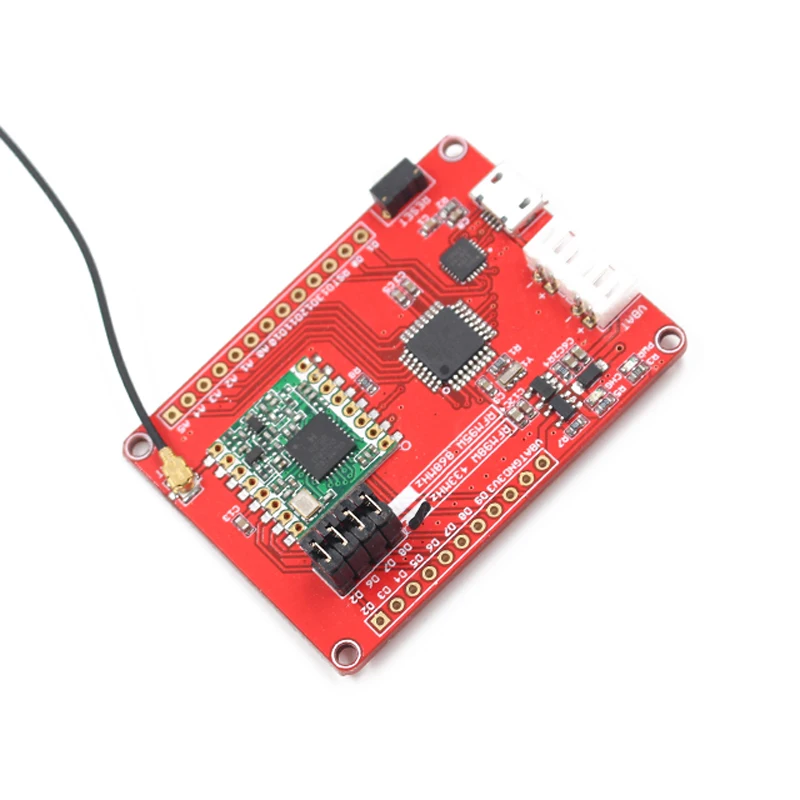When designing a PCB ideal for IoT, you will find a few key design areas to pay special close attention to. Here are some of these areas along with tips on making your PCB as flawless as possible for IoT use:

Size requirements. Small devices are only getting smaller. PCB designers no longer have extra board layout space in their strategic placement of tracks, vias, and components. Now, proper functionality and flexibility in tiny areas are only made possible through HDI and rigid-flex boards. And with these smaller firms, it is more crucial than ever to make sure all IoT product designers are on the same page from the very beginning of the design stage.
Product fitting. In addition to the size of your PCB, you’ll want to do enough virtual prototyping to make sure you can easily incorporate the shape of your design into the IoT form it’s intended for. Circuits in IoT often will need to fit around non-traditional materials for the best functionality, and you may find yourself opting for a mesh or plastic component in your designs that you did not expect.
Adapting for the human body. Another set of qualities that will require thorough simulation tests to optimize are the mechanics that may be affected by human body temperature, moisture, and constant movement. Naturally, this is only if the intended final IoT product is wearable or comes in contact with human skin. Pay close attention to thermal effects and aim for a design that will enable sufficient cooling when necessary.
Power consumption. IoT requires a focus on extended battery life and power integrity wherever possible, as these devices are in constant communication with their networks. Energy usage needs to be kept to a strict budget within the individual circuit blocks on your PCB to help the product as a whole remain in a suitable range of power consumption. The key is to plan power consumption precisely and follow up your plans with thorough testing of the various task cycles of your PCB, including sending and standby power states.
Wireless connectivity. The internet is in the name of IoT, and being able to access it is a core requirement for any IoT PCB. Collecting and sending data about surroundings will require installing the right wireless modules and RF circuit components. To choose the right parts, you’ll want to remember to keep power consumption, network range and speeds, and any security needs in mind.
With proper communication with other designers of the product and careful testing, you may spend a lot of time in the trenches before finalizing your design. However, with the high demands for IoT and their essential functions, you won't regret ensuring your PCBs' durability and reliability in various changing circumstances.
Related services: PCB prototyping
PCB assembly turnkey solution

Size requirements. Small devices are only getting smaller. PCB designers no longer have extra board layout space in their strategic placement of tracks, vias, and components. Now, proper functionality and flexibility in tiny areas are only made possible through HDI and rigid-flex boards. And with these smaller firms, it is more crucial than ever to make sure all IoT product designers are on the same page from the very beginning of the design stage.
Product fitting. In addition to the size of your PCB, you’ll want to do enough virtual prototyping to make sure you can easily incorporate the shape of your design into the IoT form it’s intended for. Circuits in IoT often will need to fit around non-traditional materials for the best functionality, and you may find yourself opting for a mesh or plastic component in your designs that you did not expect.
Adapting for the human body. Another set of qualities that will require thorough simulation tests to optimize are the mechanics that may be affected by human body temperature, moisture, and constant movement. Naturally, this is only if the intended final IoT product is wearable or comes in contact with human skin. Pay close attention to thermal effects and aim for a design that will enable sufficient cooling when necessary.
Power consumption. IoT requires a focus on extended battery life and power integrity wherever possible, as these devices are in constant communication with their networks. Energy usage needs to be kept to a strict budget within the individual circuit blocks on your PCB to help the product as a whole remain in a suitable range of power consumption. The key is to plan power consumption precisely and follow up your plans with thorough testing of the various task cycles of your PCB, including sending and standby power states.
Wireless connectivity. The internet is in the name of IoT, and being able to access it is a core requirement for any IoT PCB. Collecting and sending data about surroundings will require installing the right wireless modules and RF circuit components. To choose the right parts, you’ll want to remember to keep power consumption, network range and speeds, and any security needs in mind.
With proper communication with other designers of the product and careful testing, you may spend a lot of time in the trenches before finalizing your design. However, with the high demands for IoT and their essential functions, you won't regret ensuring your PCBs' durability and reliability in various changing circumstances.
Related services: PCB prototyping
PCB assembly turnkey solution

Comments
Post a Comment